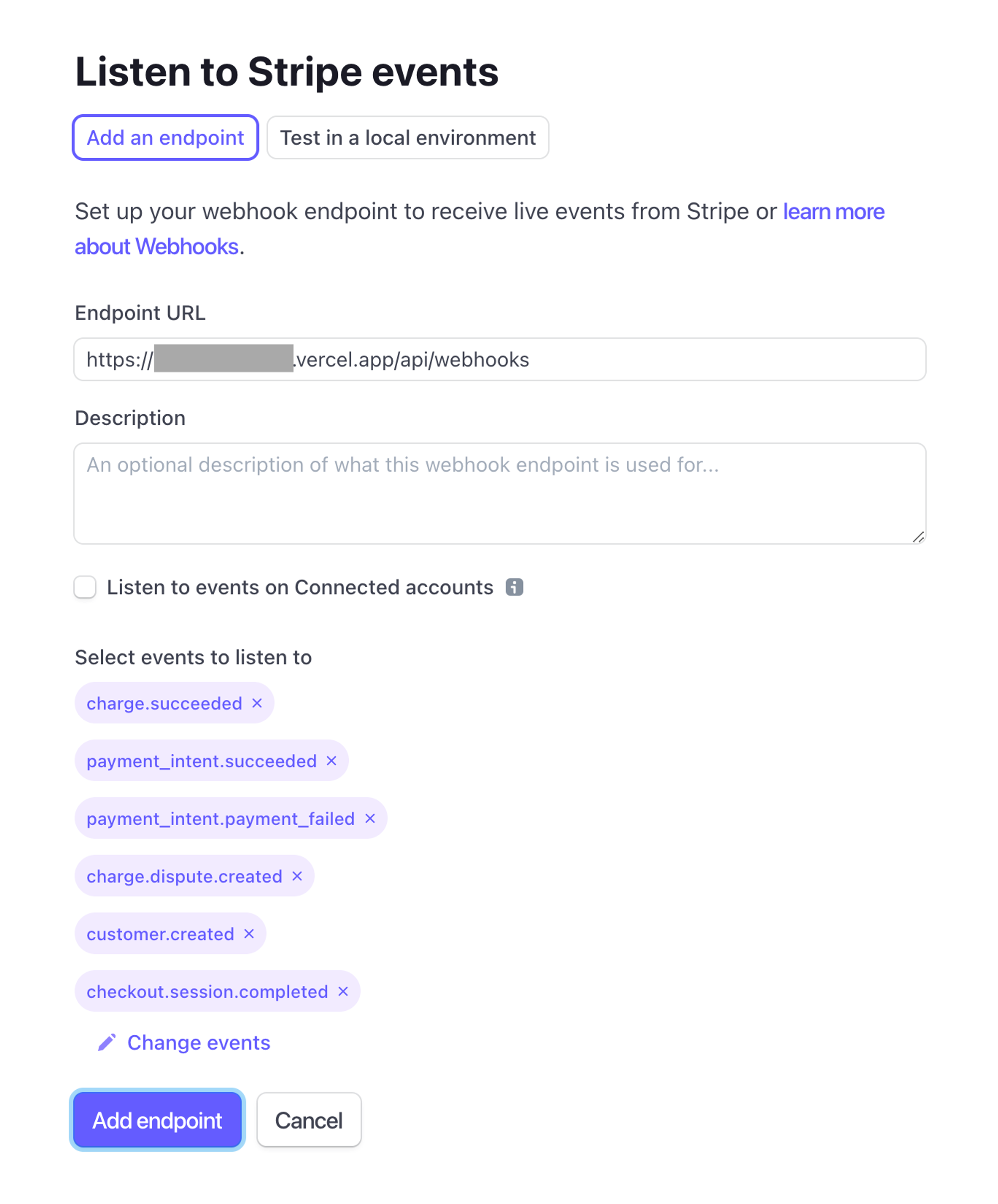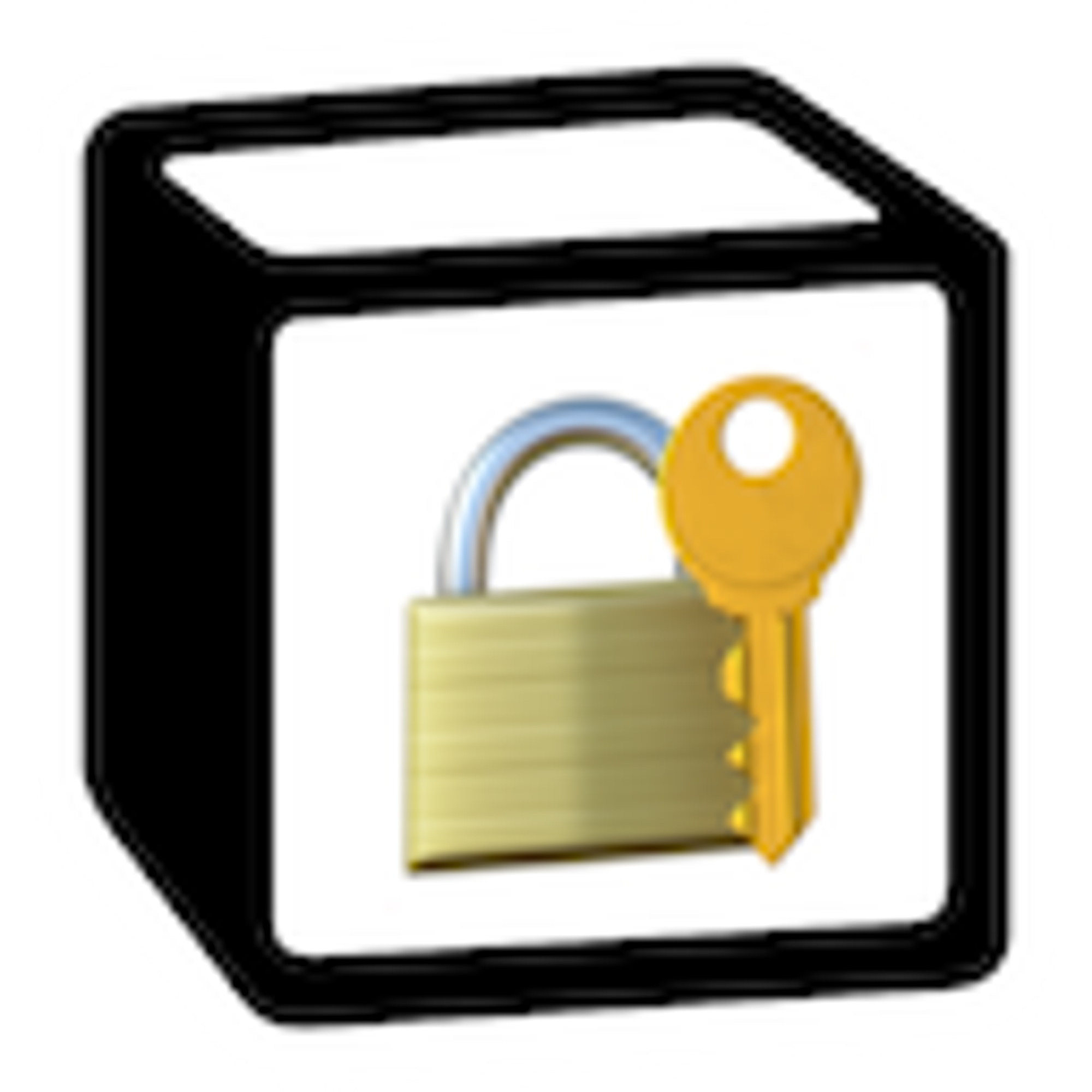Template structure
Notion-Paywall is a plug-n-play serverless Next.js boilerplate. It consists of two main parts.
- The frontend
- containing the paywalled Notion page renderer
- the checkout call-to-action button
- a simple, password-less email-signin form
- a thank-you page, shown after a successful purchase
- and, of course, a dark-mode toggle.
- The backend (API routes):
/api/authto hide the paywall; powered by NextAuth.js/api/checkout_sessionsto generate Stripe Checkout links/api/webhooksto listen to Stripecharge_succeededevents/api/upsert_userto store newly created customers/api/send_emailto send “welcome” and “sign-in” emails/api/notify_slackto send bot messages to Slack
Required plumbing
Notion token
Notion-Paywall uses the
notion-client package. It uses the token_v2 cookie to talk to Notion’s backend and request your Notion content.
To retrieve your personal token, you’ll need to sign into Notion.com via the browser — not the Mac/Windows/phone app!Chrome dev tools screenshot:

Database
You’ll need a database connection to store your customers’ emails and their sign-in sessions.
Notion-Paywall uses Prisma.io to abstract all user auth database operations away. It ships with a
schema.prisma that connects to MongoDB but you can easily opt for MySQL, Postgres, and other vendors. If you’re new to this, setting up a MongoDB cluster is super easy.The default Notion-Paywall schema.prisma config file looks like this:
generator client {
provider = "prisma-client-js"
previewFeatures = ["mongoDb"]
}
datasource db {
provider = "mongodb"
url = env("MONGODB_URL")
}
model VerificationToken { ... }
model Session { ... }
model Account { ... }
model User { ... }SMTP-capable email provider
Notion-Paywall sends emails through the
nodemailer package so you’ll need an SMTP transporter. All major email players support this…For example, your Mailgun credentials would look like this:
smtp://user:pwd@smtp.mailgun.org:587Stripe API keys + webhook secret
Notion-Paywall talks to your Stripe account via the publishable key from the frontend and the secret key from the backend. Stripe, in turns, talks to Notion-Paywall via webhooks which need to be verified to prevent malicious activity.
Choosing which webhook events to listen to:

Optional plumbing
Slack
If you’d like to be notified about new purchases in Slack, you’ll need:
- a Slack Bot Token (starting with
xoxb-...)
- and the channel ID to post the automatic (bot) messages to.
After setup, a the bot message will look like this:

